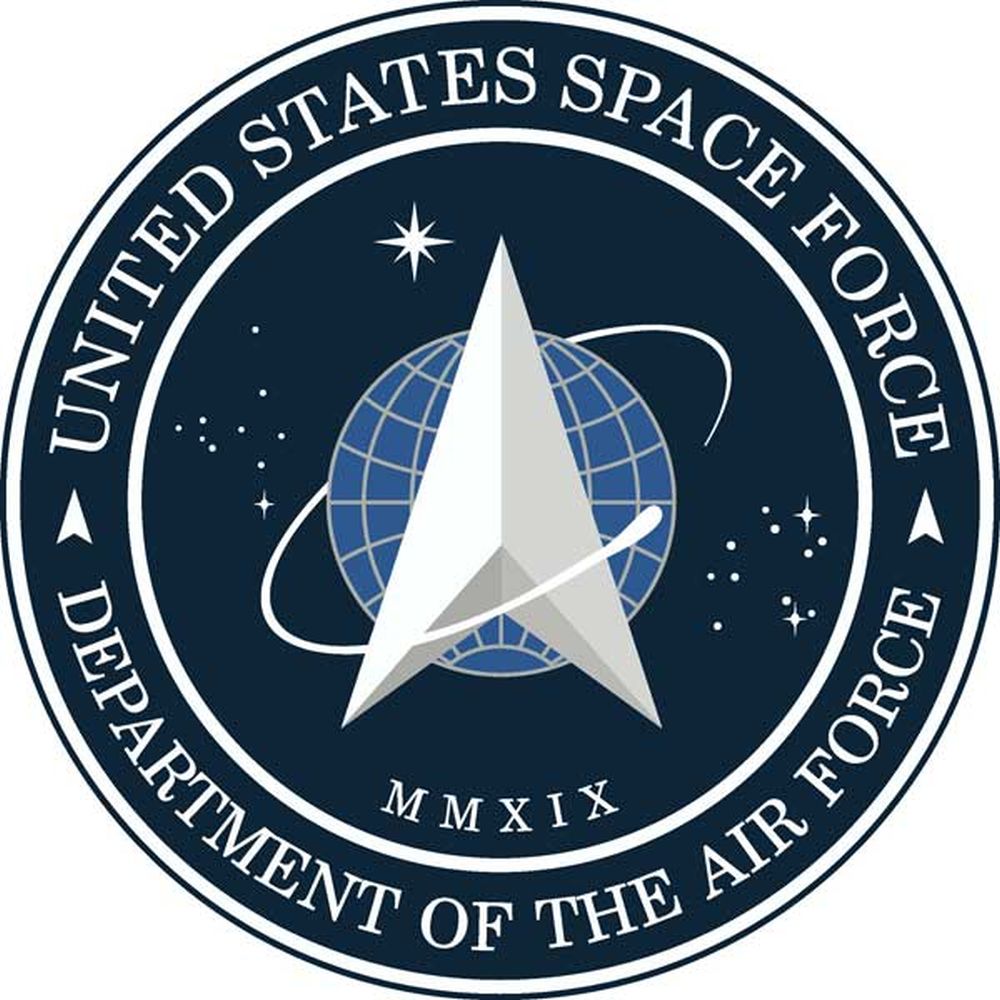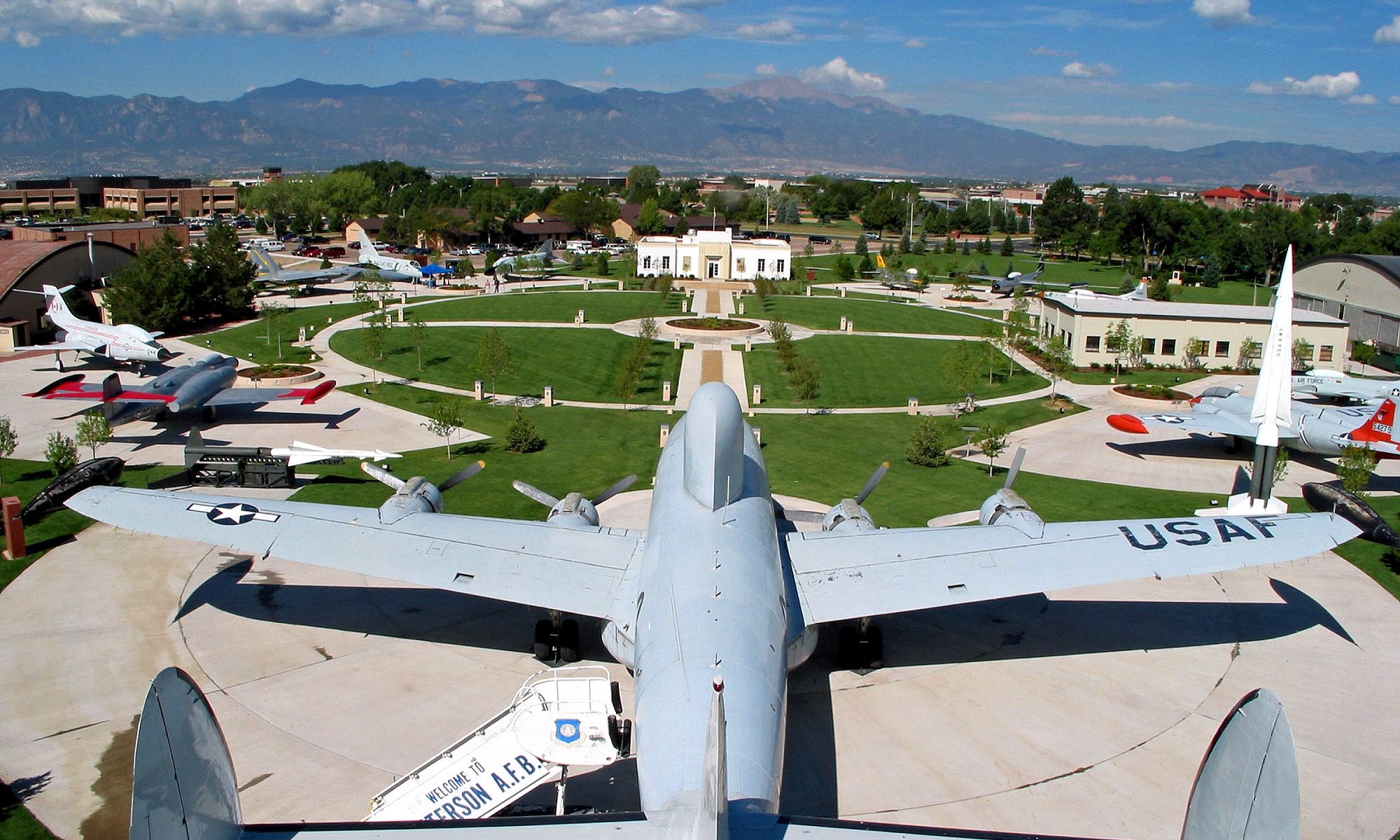In the past year, the newly-formed US Space Force has taken a number of steps to set itself apart as an independent service branch. This included adopting a logo, uniforms, a flag, specialized training for career tracks, a recruitment video, and conducting its first missions (like the recent launch of the X-37B). And now, they have announced that they have adopted a revised approach for locating a headquarters.
Previously, the US Space Force was to be headquartered at Peterson Air Force Base in Colorado Springs. The revised approach, instituted by the Department of the Air Force and the Office of Secretary of Defense, takes into account the emerging organizational structure of the USSF and the impact it will have. This move expands the number of possible locations for a permanent USSF base and an analysis process for choosing the final spot.
Further to this, on May 14th, the Department of the Air Force released a nomination letter that contains the screening and evaluation criteria for eligibility. Communities that meet the specified criteria are encouraged to nominate themselves as potential candidate locations by following the process outlined in the letter.
Those communities interested in self-nominating must meet three minimum screening criteria. They must:
- Have a population within the top 150 largest metropolitan areas
- Be located within 25 miles of a military base
- Have a Livability Index score of 50 points or higher
Item one specifies a sufficient population base so that the local community will be able to absorb the influx of personnel and their families. The population estimates are to be based on 2019 US Census Bureau data for all Metropolitan Statistical Areas in the US. Based on this criterion alone, everywhere from New York City (pop. 8,336,817) to Salem, Oregon (174,365) is eligible.
Item two, however, narrows the range of choices quite successfully. Here, the Dept. of the USAF stress proximity to a military base to ensure the locations can offer key support services to personnel and their families. These, as indicated, include “military housing, health care, child care, commissary, and personnel and logistics support.”
Item three relates to the index used by the American Association of Retired Persons Public Policy Institute (AARP PPI), which is dedicated to ensuring economic security, health care, and quality of life for American seniors. This index is based on “housing affordability, great neighborhoods, safe and convenient transportation, clean air and water, quality health services, civic/social involvement, and inclusive opportunities.”

This criterion stresses that eligible locations be able to “provide a quality of life that enables U.S. Space Command to competitively attract and retain a skilled workforce.” Additional criteria cited in the document include the ability to provide mission-related support and services, a sufficient level of infrastructure, community support, and the costs of establishing a base there.
Taken together, these criteria still leave the door open to many communities across the US. Following the nomination process, the Department of the Air Force will evaluate the communities that meet the eligibility requirements. They anticipate that the final decision for a US Space Command will be made in early 2021 and that the USSF branch will be located in the Pentagon with the other service branches.
As noted, Peterson AFB had previously been selected to serve as the headquarters of Space Command. This airbase is home to the 21st Space Wing, the North American Aerospace Defense Command (NORAD), the U.S. Northern Command (USNORTHCOM), and the North American Aerospace Defense Command (NAADC).
Because of this, Peterson AFB seemed like the natural choice for establishing the HQ of the US Space Command. However, the decision to look for a new location may be motivated by the desire to establish the Space Force as a fully-independent entity, rather than as an adjunct of well-established arms of the military.
This would be consistent with other decisions taken by US Space Command of late. These include the adoption of specialized training and career tracks for new recruits and an “alternative acquisition system” for procuring new weapons systems (announced earlier this week). Then again, it could be they simply looked at Peterson AFB and said “too crowded!”
In the coming years, the USSF hopes to continue to grow its force and establish a headquarters with a total of 1400 military and civilian personnel. They are also likely to conduct more missions in collaboration with the USAF to test and develop space-related defense systems – particularly those related to electronic warfare and anti-satellite (ASAT) missiles.
In the meantime, we can expect that the Space Force will be a popular source for speculation, interest, and also satire. Speaking of satire, check out the new trailer for the Netflix series Space Force:
Further Reading: USAF

